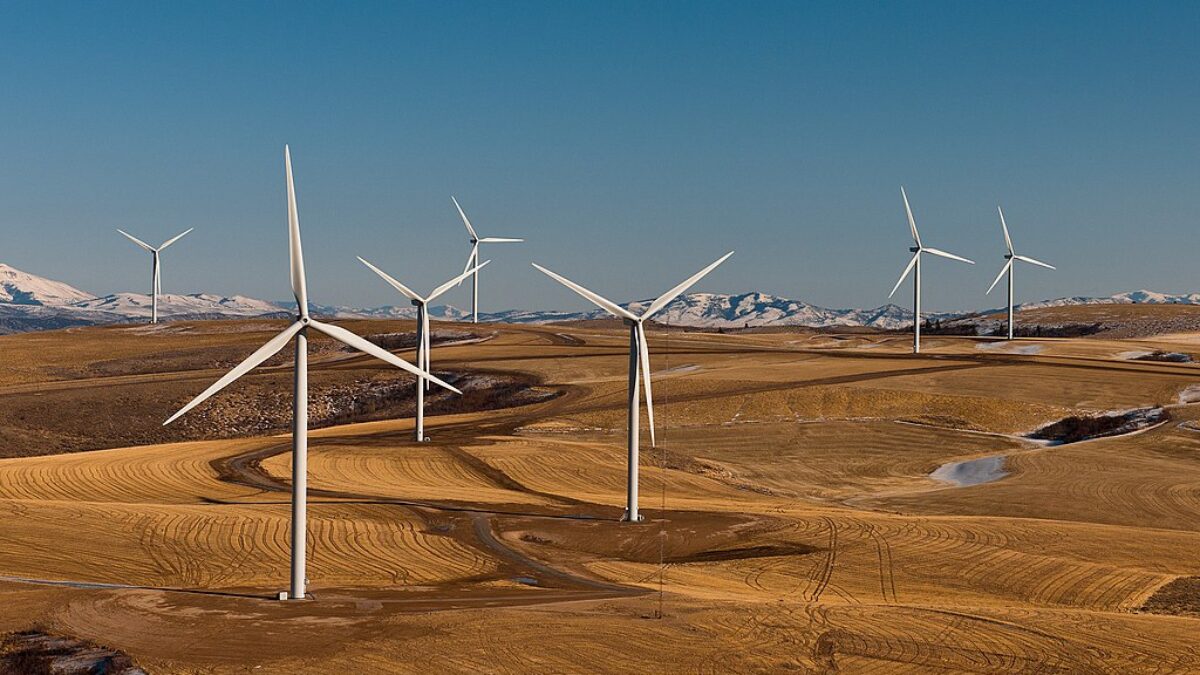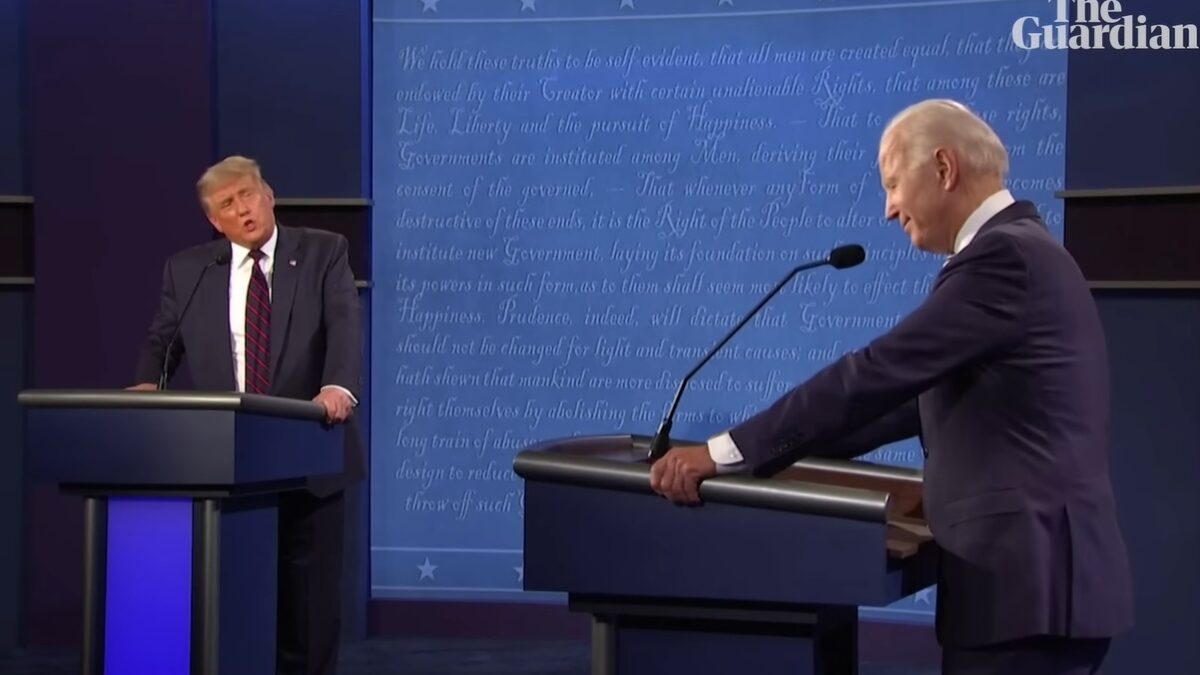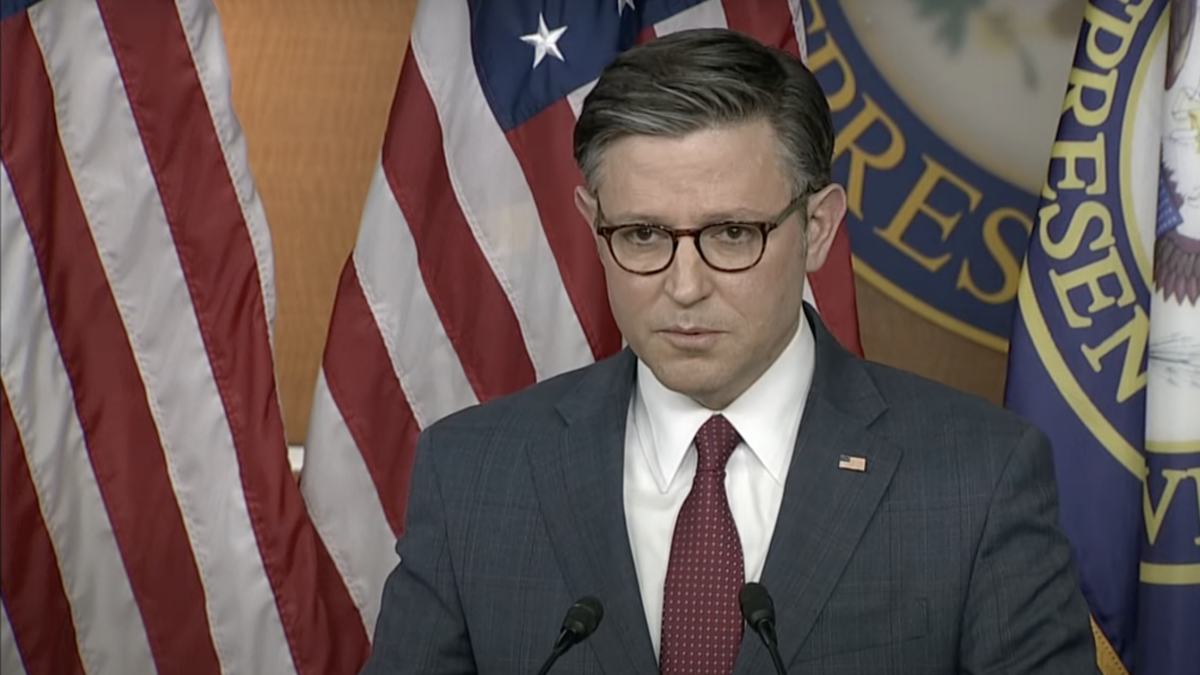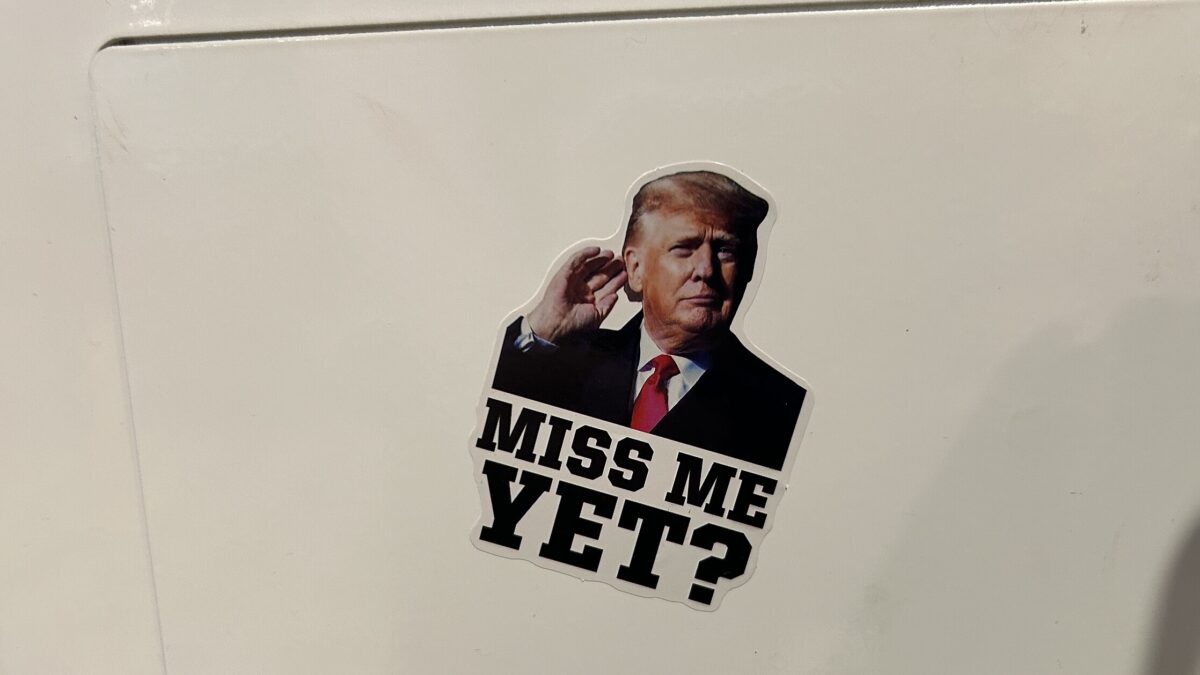Democrats and their leftist allies are celebrating the U.S. Senate’s passage of the misnamed “Inflation Reduction Act.” Subject to a vote out of the Rules Committee mid-week, it’s expected that H.R. 5376 will be voted on in the U.S. House of Representatives on Friday or over the weekend at the latest.
The Democrats’ tax and spending bill weighs in at more than 750 pages and covers a wide range of issues from health care to energy. What it doesn’t do is reduce inflation. What it does do is raise taxes in a recession. Violating a key campaign promise of Joe Biden, the bill raises taxes on people making less than $400,000 a year.
When natural gas prices are approaching historical highs, the bill also raises taxes on natural gas, including for household use, by $6.5 billion. This amounts to an average family shelling out 17 percent more for natural gas. With $12 billion in additional taxes on oil and $1.2 billion on coal, Democrats are aggressively pursuing a large-scale “transition” to green energy.
Perhaps Congress should have first asked the Germans how their transition — known there as “Energiewende” — is working out. With German power prices soaring even before Russia invaded Ukraine, Germans are increasingly turning back the clock to coal and, in some cases, even further back to wood.
Ironically, the Inflation Reduction Act has a provision that provides $2,000 for the installation of “A biomass stove or boiler which (has) a thermal efficiency rating of at least 75 percent.” A “biomass stove” is a fancy term for a wood-burning stove.
Burning wood is terrible for air quality. California’s chief air quality regulator warns that burning wood generates carbon monoxide, oxides of nitrogen (volatile organic compounds that make photochemical smog), ozone, particulates, sulfur dioxide, lead, and mercury. In parts of California, wood burning is banned during air quality alerts. So that fancy $3,000 high-efficiency biomass stove that the federal government underwrote for $2,000 may sit idle on those cold winter days.
The bill also has provisions aimed at preventing tax credits from subsidizing wind, solar, electric vehicles, and batteries that use material from China. But these measures will simply result in substitution: Chinese steel not used in a federally subsidized wind turbine will instead be used in a commercially built high rise.
In 2020, America imported more than $4.6 billion in wind turbines and parts. It’s unclear how rapidly American manufacturing can fill the gap to meet the federally spurred demand. Just in case, the bill has a provision that allows the secretary of energy to waive American provisions if the costs of domestic materials are 25 percent higher than imports from China.
However, an even larger problem hides in plain sight regarding our electric grid. The Inflation Reduction Act doubles down on federal support for wind and solar installations and the costly transmission lines to connect these typically rural facilities with the urban areas that use their power. This problem can be seen in two states that have, for differing reasons, embraced renewable energy: California (mostly solar) and Texas (mostly wind).
In 2020, the wind power industry installed hardware capable of generating 16.9 gigawatts of wind capacity, almost double the prior year. For perspective, on hot summer days, Texas consumes about 80 gigawatts of power.
But wind power is highly variable. Depending on the location and season, wind turbines produce about 40 percent of their installed capacity.
In Texas, on Aug. 9, the state’s more than 15,000 wind turbines had an installed capacity of about 38 gigawatts — some 29 percent of America’s total wind power — but only generated a peak of 10.4 gigawatts at 2 a.m., falling to 1.4 gigawatts at noon when the power demands were far higher. Thus, Texas’s vast wind farms generated 27 percent of their theoretical capacity at night and less than 4 percent during the day. This is pretty common.
To be useful in a modern nation, an electric grid must reliably generate energy every single hour of every day. As the output from wind power jumps around, it tends to displace reliable hydrocarbon-based power at night, forcing those facilities to curtail their output. Armed with the federal Production Tax Credit, wind producers often pay the grid to take their power — the federal government more than making up for the loss.
The government constantly reimbursing wind production facilities distorts the marketplace, discouraging investment in power plants that generate dispatchable power. Power plants are able to produce power on demand, unlike wind or solar installations, and the government chooses to subsidize the less effective means of energy production.
H.R. 5376 continues this power grid investment distortion. As a result, every year that sees more wind and solar added to the grid will mean greater pressure on natural gas and coal-fired power plants to close. Without adequate dispatchable power on hand, the grid will become more prone to blackouts or “demand reduction” measures where the “smart grid” will tell your air conditioner to turn off on a hot day.
Further, the cost of electricity will necessarily skyrocket. While federally subsidized wind and solar are “cheap” — if we ignore the billions in needed new transmission lines and the lack of reliability — dependable energy becomes increasingly more expensive as the requirement for standby power and massive battery farms grow.
Thus, H.R. 5376 dumps federal funds on wind and solar while making the grid more unstable and electricity more expensive.
Not to fear, though, the bill appropriates $100 million for studies and modeling to look at the effect of climate change on the grid, batteries, “demand-side management” (which is little more than the remote turning up of your thermostat), and nationalizing the electric grid. So once federal policy makes the grid unstable, the feds will have a plan to take over the mess they created.








